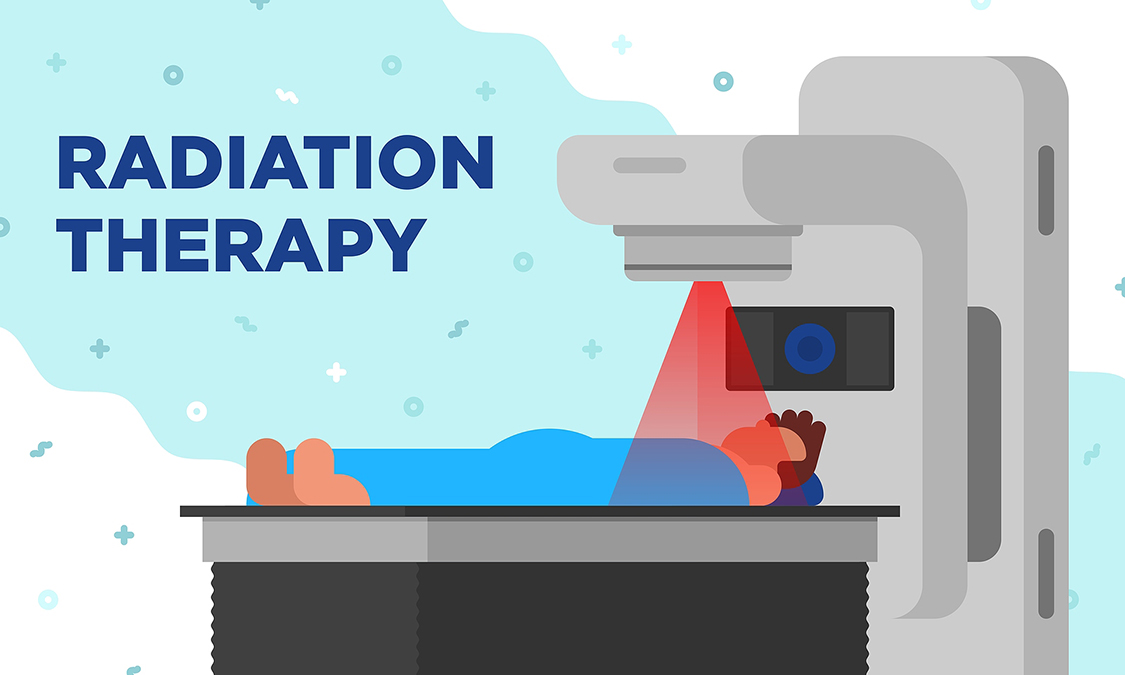 The problem with modern medicine is that when doctors try to cure one disease with medication, it causes side effects that can lead to another disease.
The problem with modern medicine is that when doctors try to cure one disease with medication, it causes side effects that can lead to another disease.
According to a new study, this is exactly the case with shingles.
Shingles occurs when the herpes zoster virus, after lying dormant in your body, reactivates and causes painful blisters.
You are most at risk when your immune system is compromised, as it then cannot stop virus reactivation.
A new study in the journal Cancer has just shown how, for example, radiation therapy for cancer puts us at risk of shingles.
The researchers mined data from a Japanese institutional cancer registry and medical records between 2011 and 2015. They identified 17,655 cancer patients whom they divided into a radiation therapy group and a non-radiation therapy group. They could then compare them to see who would go on to develop shingles.
In the first year after the beginning of the radiation therapy, 2.1% and 0.7% of radiation therapy and non-radiation therapy patients, respectively, developed shingles.
After two years these percentages were 3.0% versus 1.0%, after three years 3.4% versus 1.3%, after four years 4.1% versus 1.7%, and after five years 4.4% versus 1.8%.
This shows clearly that a larger percentage of radiation therapy patients suffered from shingles than the non-radiation therapy patients did.
The researchers concluded that radiation therapy patients were 2.5 times more likely to have shingles than the non-radiation therapy patients did.
When they looked at the location of the shingles outbreaks, they found that these were often at or very close to the site where the radiation therapy was applied.
But most people who develop shingles didn’t undergo radiation therapy. So there is another reason, more obvious and easier to manage to eliminate shingles, as I explain here…

 Overcoming IBD
Overcoming IBD Multiple Sclerosis
Multiple Sclerosis Banishing Bronchitis
Banishing Bronchitis Gum Disease Gone
Gum Disease Gone Overcoming Onychomycosis
Overcoming Onychomycosis Neuropathy No More
Neuropathy No More The Prostate Protocol
The Prostate Protocol Brain Booster
Brain Booster
 Ironbound
Ironbound
 Solution for Shingles
Solution for Shingles
 The Bone Density Solution
The Bone Density Solution
 The Ultimate Healing Protocol
The Ultimate Healing Protocol
 The Parkinson's Protocol
The Parkinson's Protocol
 The Chronic Kidney Disease Solution
The Chronic Kidney Disease Solution
 Overthrowing Anxiety
Overthrowing Anxiety The Fatty Liver Solution
The Fatty Liver Solution The Hypothyroidism Solution
The Hypothyroidism Solution
 The End of Gout
The End of Gout The Blood Pressure Program
The Blood Pressure Program
 The Oxigized Cholesterol Strategy
The Oxigized Cholesterol Strategy
 Stop Snoring And Sleep Apnea Program
Stop Snoring And Sleep Apnea Program
 The Arthritis Strategy
The Arthritis Strategy The Vertigo & Dizziness Program
The Vertigo & Dizziness Program The 3-Step Diabetes Strategy
The 3-Step Diabetes Strategy Hemorrhoids Healing Protocol
Hemorrhoids Healing Protocol The Erectile Dysfunction Master
The Erectile Dysfunction Master Weight Loss Breeze
Weight Loss Breeze The IBS Program
The IBS Program The Insomnia Program
The Insomnia Program The Migraine and Headache Program
The Migraine and Headache Program The Neck Pain Solution
The Neck Pain Solution The Menopause Solution
The Menopause Solution The Ejaculation Master
The Ejaculation Master The TMJ Solution
The TMJ Solution The Acid Reflux Solution
The Acid Reflux Solution The Fibromyalgia Solution
The Fibromyalgia Solution The Psoriasis Strategy
The Psoriasis Strategy